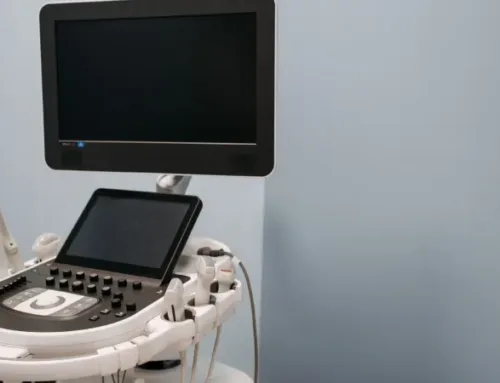Mammography is an essential tool for detecting breast cancer, a disease that affects millions of women every year. The traditional mammogram uses X-rays to produce two-dimensional images of the breast tissue. While this technique is highly effective, it has limitations. Sometimes, the overlapping of breast tissues can create confusion and result in false positives or negatives. However, with the advent of 3D mammography, also known as tomosynthesis, breast cancer detection has become more accurate and precise.
In this article, we’ll take a closer look at what 3D mammography is and how it differs from traditional mammography.
What is 3D Mammography?
3D mammography, also called digital breast tomosynthesis, is a more advanced form of mammography that produces three-dimensional images of the breast tissue. It uses the same technology as traditional mammography but takes multiple images of the breast from different angles to create a detailed, 3D picture.
During a 3D mammogram, the machine moves in an arc around the breast, taking multiple images in a matter of seconds. These images are then processed by a computer to create a 3D reconstruction of the breast tissue.
What Are the Benefits of 3D Mammography?
There are several benefits to 3D mammography, including:
- Increased accuracy: The 3D images produced by this technique provide radiologists with a more detailed view of the breast tissue. This can help detect cancer at an earlier stage, when it’s easier to treat.
- Reduced false positives: With traditional mammography, overlapping breast tissue can sometimes create the appearance of a lump or mass, leading to false positive results. It can eliminate this confusion by providing a more accurate view of the breast tissue.
- Improved detection of cancer in dense breast tissue: Women with dense breast tissue are at a higher risk of developing breast cancer. It is better at detecting cancer in dense breast tissue, making it a valuable tool for these women.
- More comfortable for patients: It takes images from different angles, which can help reduce the need for repeat imaging and compression of the breast tissue, making the procedure more comfortable for patients.

Who Should Get a 3D Mammogram?
It is recommended for women who:
- Are 40 years of age or older and have an average risk of breast cancer
- Have dense breast tissue
- Have a personal history of breast cancer or a family history of breast cancer
- It’s important to note that not all insurance plans cover the cost of it, so it’s a good idea to
- check with your provider before scheduling a screening.
Is 3D Mammography Safe?
It is considered safe, and the risks associated with this procedure are similar to those of traditional mammography. The amount of radiation exposure during a 3D mammogram is slightly higher than that of traditional mammography, but it’s still within safe limits. Women who are pregnant or breastfeeding should not undergo mammography unless it is absolutely necessary.
In conclusion, it is an advanced form of mammography that provides a more detailed view of the breast tissue, making it a valuable tool for breast cancer detection. If you’re due for a mammogram, talk to your doctor about whether 3D mammography is right for you.
How is a 3D mammogram different from a traditional mammogram?

In traditional mammography, only two X-ray images of each breast are taken: one from the top and one from the side. With 3D mammography, multiple X-ray images of the breast are taken at different angles and used to create a three-dimensional image. This allows doctors to see through overlapping tissue that can hide abnormalities on traditional 2D mammograms.






